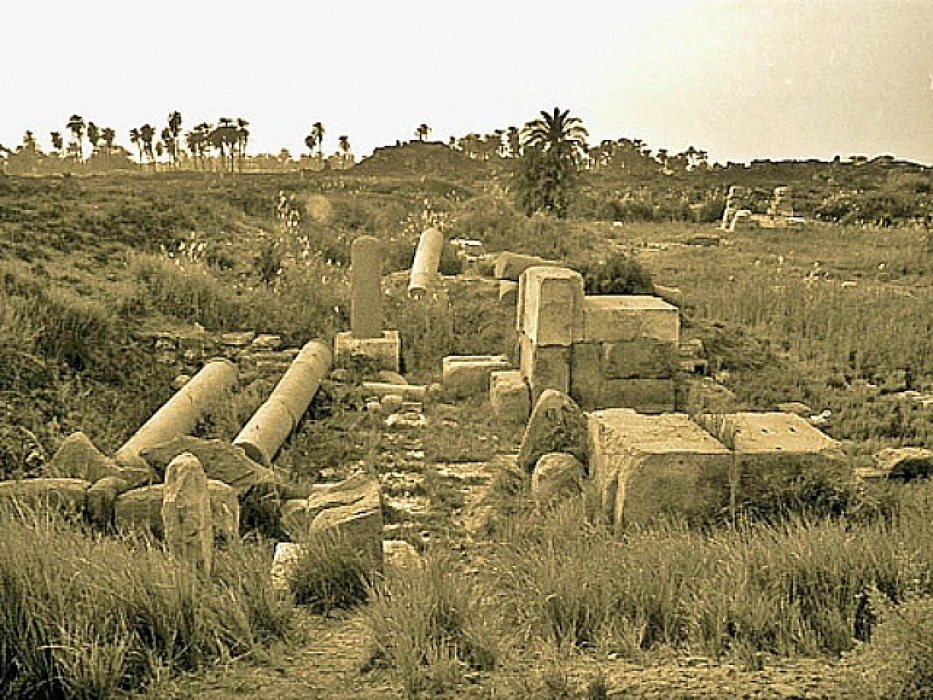
El-Ashmuneim (Ancient Hermopolis)
El-Ashmuneim (Ancient Hermopolis)
The city of Hermopolis is one of the most important historical cities in all of southern Minya, and that name includes the cities of Khemno (Ashmunin) and Ta Wint ‘Tuna al-Jabal’, it is the great city of Hermopolis, where the name Hermopolis was given to Ashmunin by the Greeks, which is synonymous with the city of Hermes among the Greeks.
The historical name of this city in pharaonic times appears to be ‘Khmunu’. However, during the Roman Empire, the city came to be known as the place of ‘Gehuti’ whom the Egyptians associated with Hermes, thus ‘Hermopolis’ the city of Hermes. The elongated word ‘Hermopolis’ also means a place for worship of Hermes and hence the city of Hermes. The area can be subdivided into West Hermopolis which is the necropolis, and East Hermopolis the cradle of history, religion, culture, and learning with its scholars, priests, and sages.
Hermopolis Magna is the cosmopolitan city of the fifteenth province of Central Egypt. Hermopolis Magna houses the remains of the ancient Egyptian, Greek, Roman and Coptic civilisations. It is a testament to the cultural interaction between Egyptian art, language, religion, customs and traditions and their Greek and Ptolemaic counterparts. The city was a melting pot of timeless traditions and practices such as the festival of Thoth, the god of wisdom, knowledge, arithmetic and magic. Its tangible and intangible cultural heritage bears witness to the multicultural elements that once enriched this society.
The modern name of the city is Ashmunin, derived from the ancient Egyptian name. The remains of various temples have been found there, some of which date back to the Middle Kingdom. The most important of these temples was, of course, the one dedicated to the worship of Thoth. Nearby are a number of underground galleries, built mainly between the Late Antiquity and Roman times. Thousands of mummies of the sacred bird Erebus, sacred to Thoth, have been found inside these galleries.














